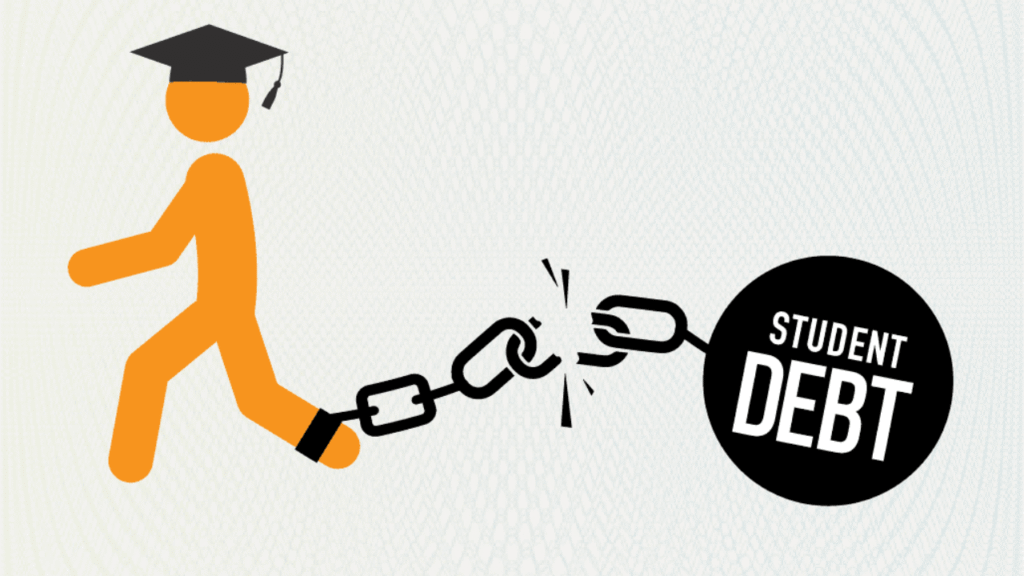In the evolving landscape of American consumer debt, recent trends indicate a cooling in credit card and auto loan balances, while student loan debt is on the rise. This shift reflects broader economic dynamics and policy changes that are impacting borrowers nationwide.
Credit Card Debt Shows Signs of Stabilization
After a period of significant growth, credit card debt is beginning to stabilize. According to recent data, credit card balances fell by $29 billion in the first quarter of 2025, bringing the total outstanding debt to $1.21 trillion. The decline suggests that consumers are becoming more cautious with their spending, potentially in response to persistent high interest rates and economic uncertainty.
However, delinquency rates remain elevated. Reports indicate that 14.1% of credit card balances were 30 days or more past due in the first quarter of 2025. This highlights the financial stress many households continue to experience, even as overall borrowing slows.
Auto Loan Growth Slows Amid Rising Delinquencies
The auto loan market is also cooling. Auto loan balances declined by $13 billion in the same period, likely due to a slowdown in new vehicle purchases and more conservative lending by financial institutions.
Despite the reduced volume, delinquency rates are on the rise. Approximately 1.45% of auto loans are now more than 60 days past due, with subprime borrowers facing even higher levels of risk. This trend points to increased difficulty among existing borrowers in meeting their payment obligations, a possible consequence of inflation and broader economic pressures.
Student Loan Debt Surges Post-Pandemic
In sharp contrast, student loan debt is once again climbing. Total outstanding student loan balances have reached $1.8 trillion as of the first quarter of 2025, impacting more than 40 million borrowers across the country. This surge follows the end of a pandemic-era payment pause.
Federal student loan payments resumed on September 1, 2023, after a years-long freeze. A 12-month grace period designed to ease borrowers back into repayment expired in late 2024. As a result, delinquencies have spiked. The percentage of borrowers who are at least 90 days past due jumped from 0.8% in early 2024 to 8.04% in early 2025.
Policy Changes Impact Borrowers
Recent policy proposals have added further complexity to the student loan landscape. The Trump administration has introduced a legislative package referred to as the “One Big Beautiful Bill,” which includes provisions to dismantle President Biden’s student loan forgiveness initiatives. The proposed changes would replace broad cancellation efforts with more limited repayment assistance programs.
If enacted, the bill could increase the repayment burden on millions of borrowers, particularly those already struggling with affordability. Additionally, the federal government has restarted involuntary collections—such as wage garnishment and tax refund seizures—for borrowers in default. These measures are expected to impact a significant number of people and could restrict consumer spending at a time when economic growth remains fragile.
Disparities in Student Loan Burden

The burden of student debt is not shared equally. Women account for nearly two-thirds of outstanding student loans, and they generally earn less than their male counterparts, making repayment more difficult. Black women, in particular, face both a higher borrowing rate and a more significant gender and racial wage gap. These factors increase the total cost of borrowing due to accrued interest and extend repayment timelines.
Conclusion
The current debt environment paints a mixed picture. While credit card and auto loan balances show signs of cooling, the resurgence in student loan debt highlights renewed financial pressure on a significant segment of the population. The end of pandemic-era relief, rising delinquencies, and uncertain policy directions are combining to create new challenges for borrowers.
As lawmakers debate long-term solutions, experts emphasize the importance of borrower education, accessible repayment options, and targeted interventions to help those most affected by the shifting debt dynamics.
Resources for Borrowers
Borrowers seeking assistance or more information on managing their debt can explore resources from the following organizations:
- Federal Student Aid at studentaid.gov
- Consumer Financial Protection Bureau at consumerfinance.gov
- National Foundation for Credit Counseling at nfcc.org




